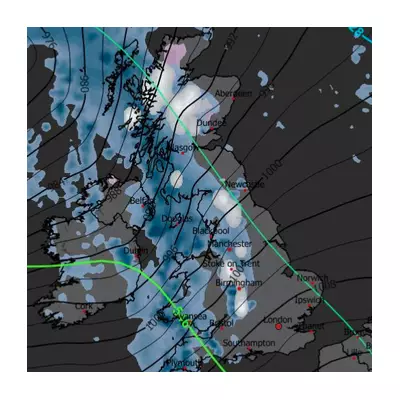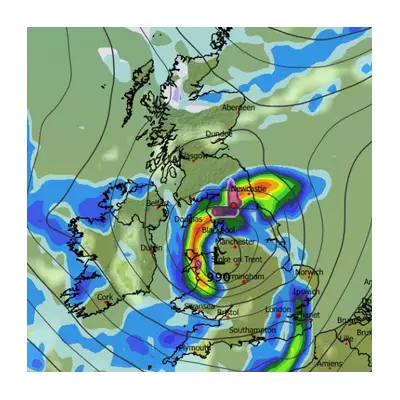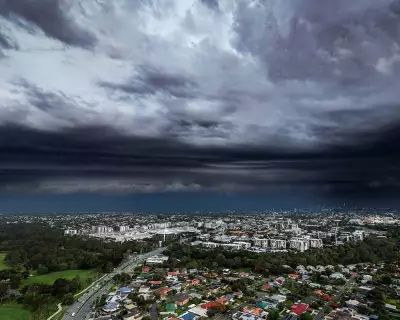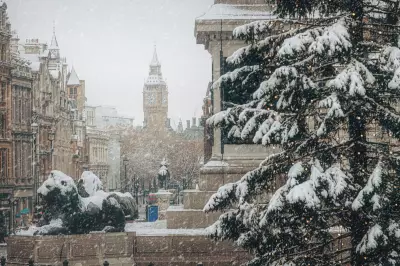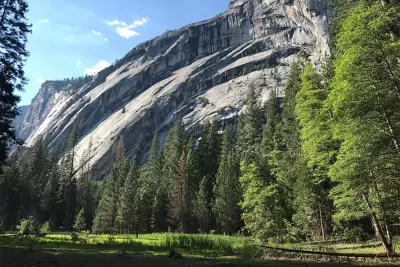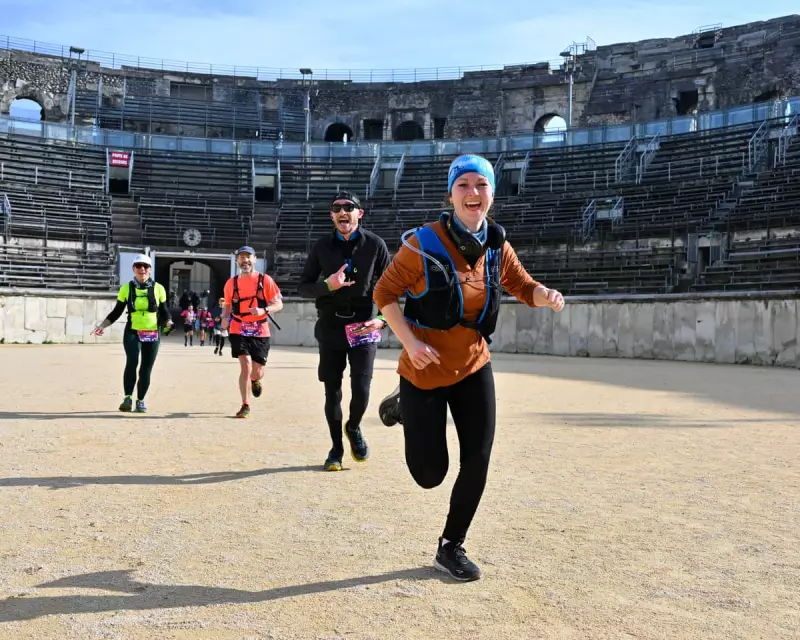
Imagine pounding through ancient stone corridors where gladiators once battled, your footsteps echoing through 2,000 years of history. This isn't your average Sunday jog – this is urban trail racing in Nîmes, France, where athletes are trading forest paths for Roman monuments in one of Europe's most extraordinary sporting experiences.
When Ancient Architecture Meets Modern Athletics
The stunning Roman arena of Nîmes, a magnificent amphitheatre that has stood since the first century AD, has found a new purpose beyond tourism and historical preservation. This UNESCO World Heritage site now hosts adrenaline-fuelled urban trail races that challenge participants both physically and emotionally.
The course transforms the ancient monument into a formidable athletic challenge, featuring steep stone staircases, narrow passageways, and multiple elevation changes that test even the most seasoned runners. Unlike traditional trail running through natural landscapes, this urban adventure offers a unique blend of cultural immersion and physical endurance.
More Than Just a Race
Participants describe the experience as surreal – running through history while navigating technical terrain that demands constant attention. The atmosphere is electric, with the ancient stones seeming to echo with the ghosts of Roman spectators as modern athletes push their limits.
The event has quickly gained popularity among running enthusiasts seeking something beyond conventional marathons and trail races. "It's not just about the physical challenge," explains one regular participant. "There's something magical about connecting with history in such an active, immersive way."
Accessibility for All Levels
Organisers have created multiple race categories to accommodate different fitness levels:
- Short course options for beginners and those wanting to experience the atmosphere without extreme physical demands
- Technical challenges for experienced trail runners seeking to test their skills on unusual terrain
- Team events that encourage group participation and shared experiences
- Youth categories introducing younger generations to both historical sites and active lifestyles
Preserving Heritage Through Sport
Race organisers work closely with historical preservation authorities to ensure the ancient structure suffers no damage from the events. Special measures include protective flooring in sensitive areas and carefully monitored participant numbers to prevent overcrowding.
The collaboration between sporting events and heritage sites represents an innovative approach to cultural preservation, generating funds for maintenance while introducing new audiences to historical monuments. This model is being watched closely by other heritage sites across Europe seeking sustainable ways to engage modern visitors.
Beyond the Arena Walls
While the Roman arena forms the dramatic centrepiece, the urban trail experience extends into the charming streets of Nîmes, allowing runners to discover other historical gems including the Maison Carrée temple and the Jardins de la Fontaine. The course becomes a moving tour of one of France's most Roman-rich cities.
The event typically concludes with a vibrant festival atmosphere in the arena itself, where participants and spectators can enjoy local food, music, and celebrations – creating a perfect blend of ancient setting and contemporary community spirit.
Planning Your Roman Running Adventure
For those inspired to experience this unique combination of history and athletics, the races typically occur during the milder months of spring and autumn when temperatures are ideal for running. Early registration is recommended as places fill quickly for this increasingly popular event.
Nîmes offers the complete package for an active cultural getaway, with excellent transport links, charming accommodation, and numerous other historical sites to explore when you're not racing through ancient history.
This innovative sporting experience demonstrates how ancient monuments can find new relevance in the modern world, creating unforgettable memories for participants while ensuring these magnificent structures continue to be valued and preserved for future generations.

